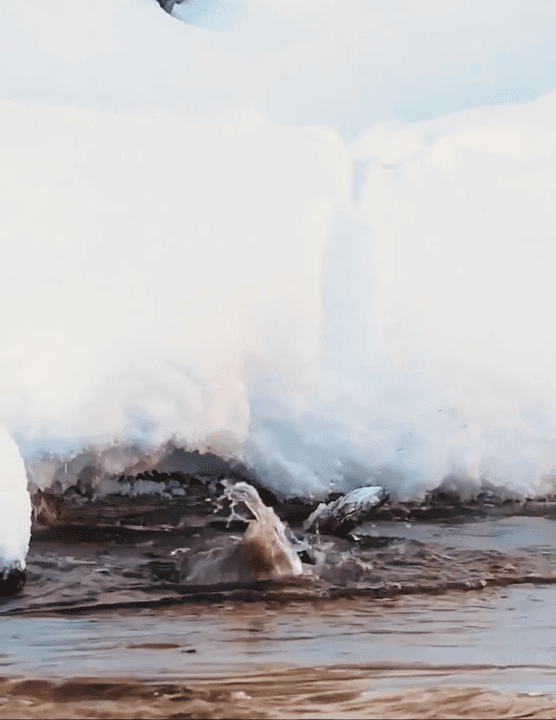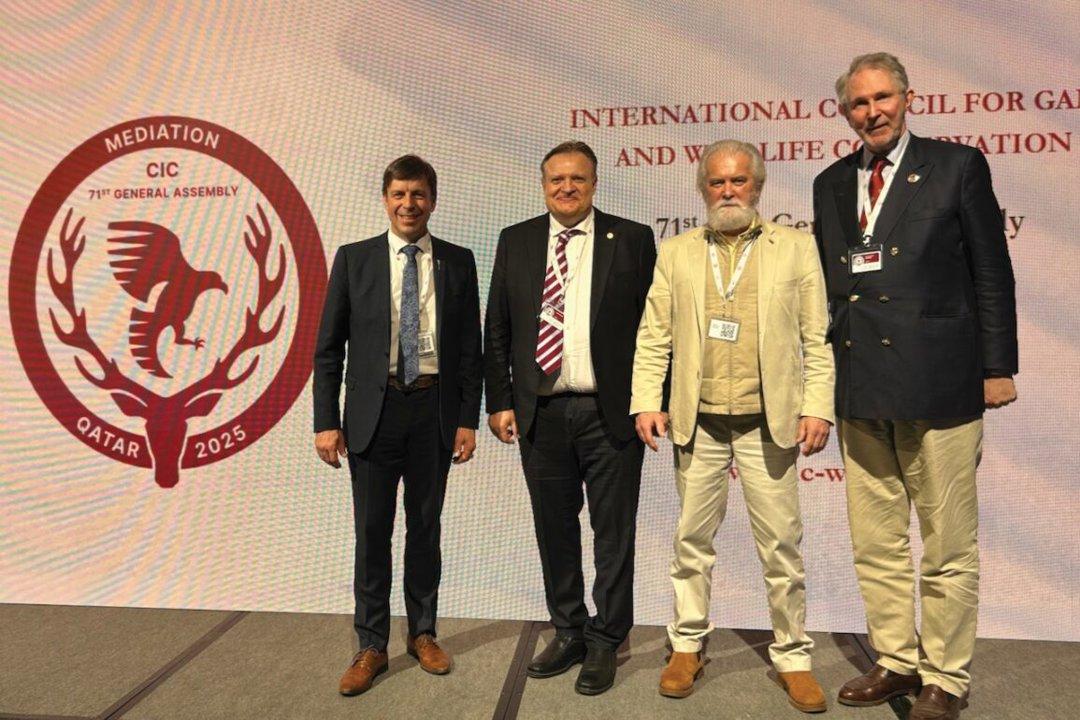
Это - знаменитый оберег, «lucky grouse», или, «счастливая куропатка». Лапка белое куропатки держится на каркасе из серебра 925 пробы, заключена в наконечники с изображением одного из символов Шотланди
Post: 16 November 19:37

Post: 16 November 19:37

Post: 9 September 09:12

Post: 6 July 09:50

Post: 16 May 12:21

Post: 1 October 13:57

Post: 2 July 09:56

Post: 30 September 09:28

Post: 12 December 09:39

Post: 26 September 12:57

Post: 11 July 17:45

Post: 20 November 09:12

Post: 28 November 09:12

Post: 23 August 15:33

Post: 22 August 12:05

Post: 20 November 09:47

Post: 26 June 09:10
Post: 16 September 18:39

Post: 26 February 09:20

Post: 19 January 09:50

Post: 21 August 13:08

Post: 29 May 15:02

Post: 3 June 11:30

Post: 22 July 08:46

Post: 15 August 09:14

Post: 16 August 18:16

Post: 30 May 18:28

Post: 27 November 17:44
Post: 22 November 18:01

Post: 8 May 12:45

Post: 28 March 17:56

Post: 10 April 14:33

Post: 23 July 11:17

Post: 23 July 06:52

Post: 28 January 00:57

Post: 23 October 09:45

Post: 22 April 14:33

Post: 14 March 17:11

Post: 28 February 17:36

Post: 15 November 17:46

Post: 25 September 17:51

Post: 24 August 08:49

Post: 11 May 10:10

Post: 28 March 15:35

Post: 29 September 12:39
Post: 2 March 13:40

Post: 21 May 14:29

Post: 14 October 07:25

Post: 20 May 19:56

Post: 8 May 13:22

Post: 14 August 16:14